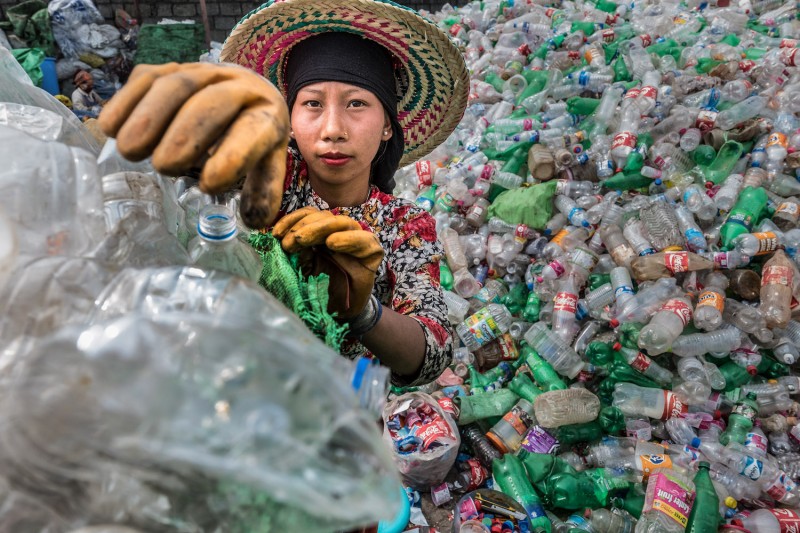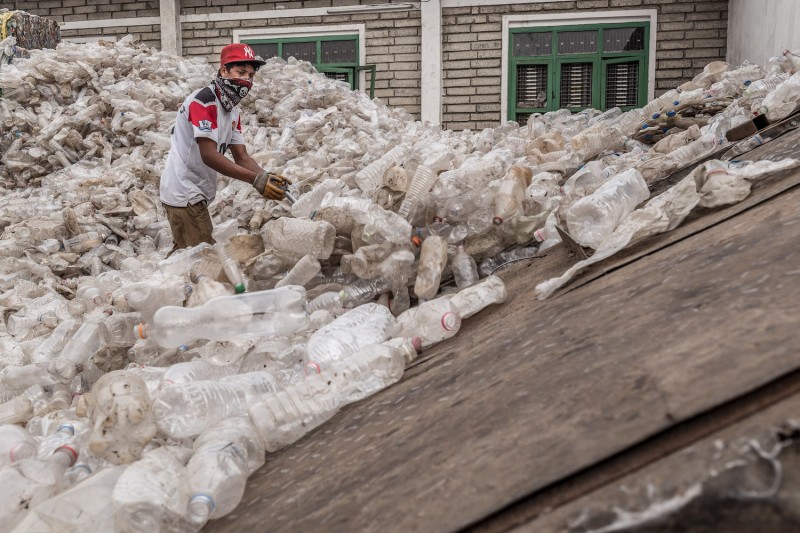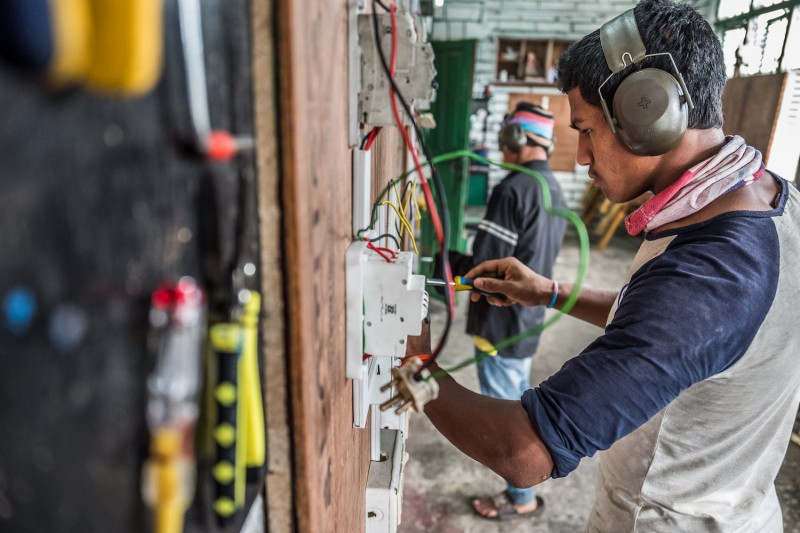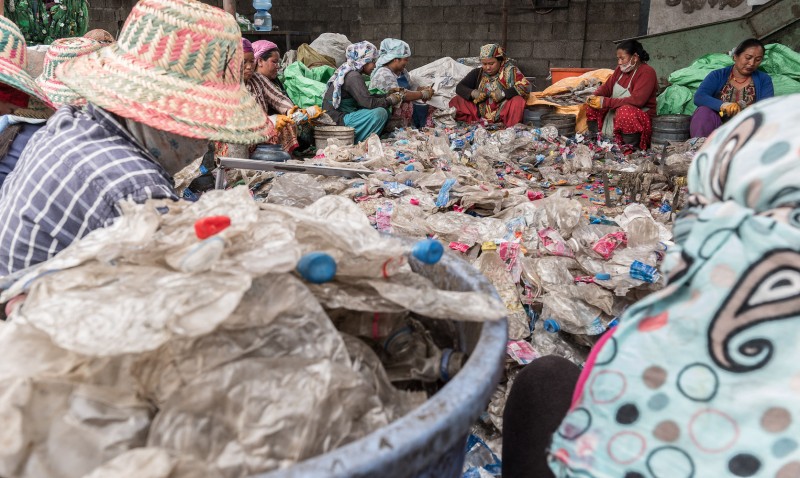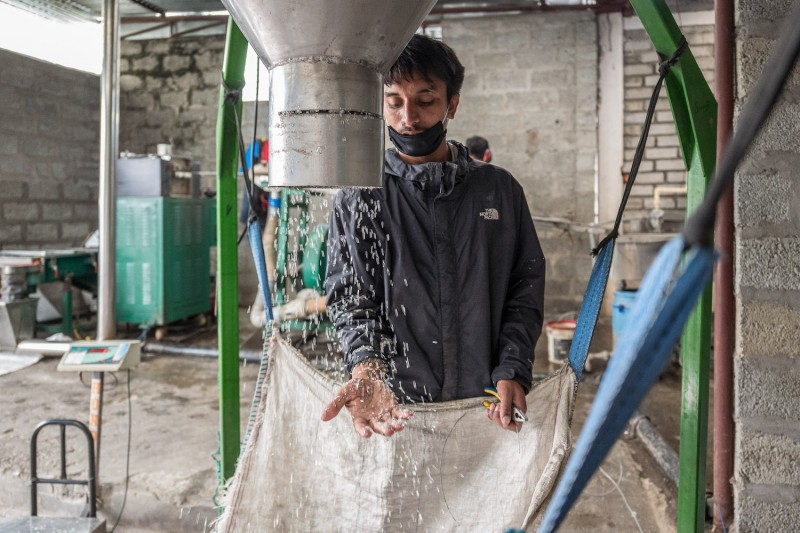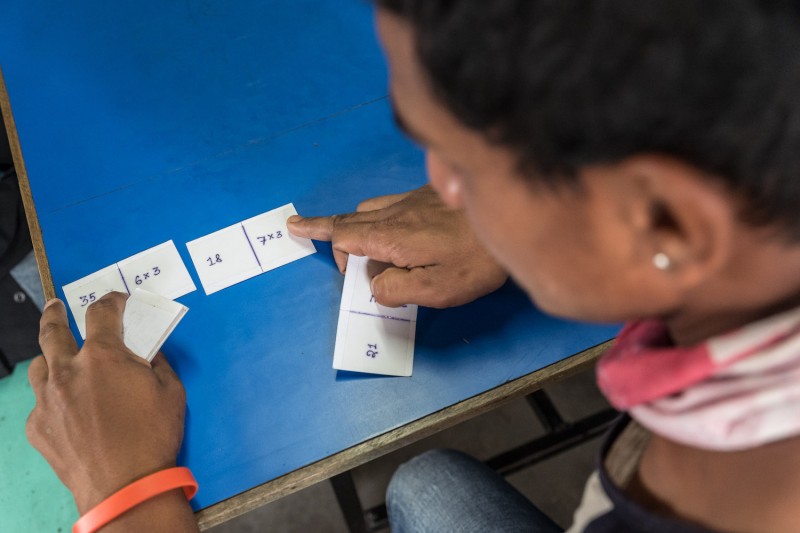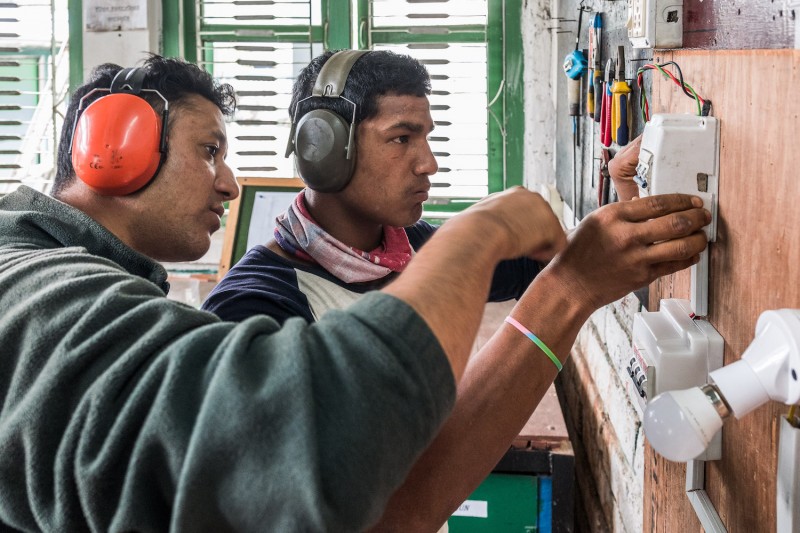A New Perspective
A New Perspective
Peter Schäublin
January 15, 2021

LFI: Your impressive images show Nepalese street boys who have been given the chance to work and train at the PET recycling project. To what degree has this project changed the lives of the street kids?
Peter Schäublin: Street children all over the world have been traumatised by the things they’ve experienced. Life in gangs is tough and subject to brutal laws. Reintroducing former street boys into society is difficult; even when the boys decide to turn their backs on the streets, the gangs, the drugs and the violence. The fact is that they’ve had no basic schooling, and somehow they have to bear the crushing burden of their traumatised childhood. In addition to working at the PET Recycling Centre, Himalayan Life offers these youngsters the chance to acquire basic vocational skills, through a one-year programme. During their lessons, they learn to read, write and do maths. In the workshop, they discover all the things that they can accomplish with their hands. On the other days of the week, they work in different areas of the recycling centre. In this manner, they learn to be part of a firm social environment. The organised daily routine helps them to leave behind the drug and gang street culture, once and for all.
What impressed you most, when working with the Nepalese street children?
The first thing that impressed me was the kids’ will to survive. They live in inhumane conditions, they are traumatised, and yet they have a strong will to live. I was also moved by the relaxed and joyful moments. When the kids go to the Himalayan Life shelter, they know that they’re safe and can relax. They play, they laugh and, for a short while, they can really be children. That makes it all the more painful, when you see that they sometimes don’t manage to break out of their behavioural patterns and get off the streets.
High quality camera equipment on the one hand – your hand –, and existential poverty on the other. How did you deal with this discrepancy?
The discrepancy is there any time someone from an industrial nation visits a country like Nepal – whether with or without an expensive camera. When I photograph people in difficult situations, I always have to consider, beforehand, if I can justify revealing their plight. The line between sympathy and voyeurism can be a very narrow one. The thing that’s important to me is that the people in front of my camera agree to being photographed, and I take care to ensure that I am accompanied by someone they trust. When I’m making my pictures, I am completely focussed on showing the people in their normal setting, yet also showing their dignity. I have never yet been in a situation where I was photographing people who aren’t getting any help. That would be a great challenge. However, if I can give people on the edges of society a voice, that’s both a challenge and a responsibility. The great opportunity and strength of photography is its universal language. There are no language barriers in a picture. So, I hope that my photos can contribute towards empathy and mindfulness arising in the viewers, so that they become committed to helping people in need.
Peter Schäublin+-
Born in 1965, Schäublin first trained as a forwarding agent. He taught himself graphic design and photography, and in the nineties ran the PR Department at SINAR, a world market leader for professional cameras at the time. After that, he was Head of Production in an advertising agency and, in 1995, he set up his own visual communications company. Today, Peter Schäublin works as a graphic designer, photographer, film-maker and copywriter for companies and NGOs. More

